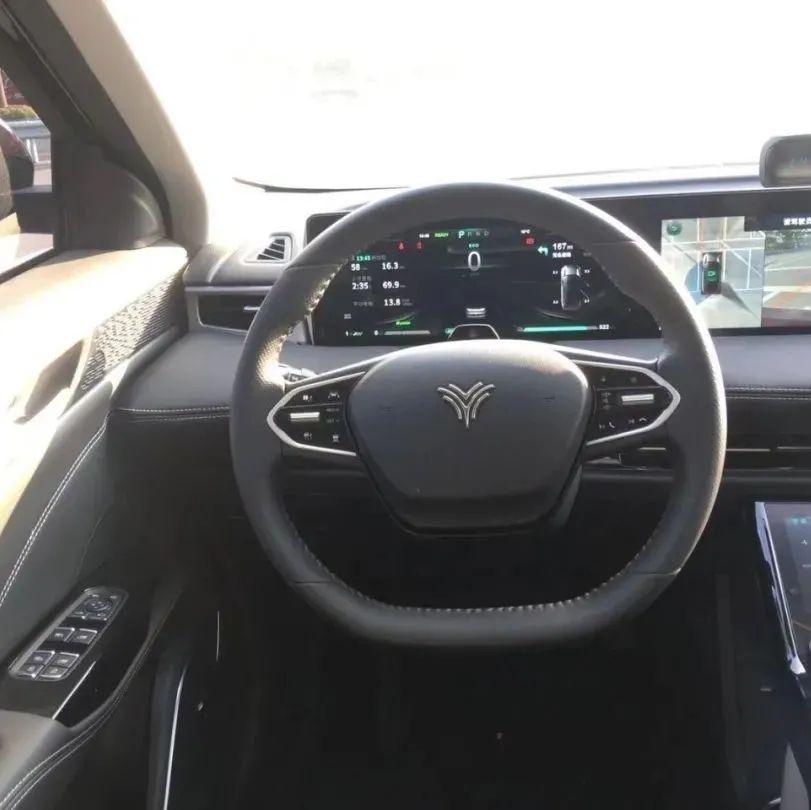Introduction: With a range of 610 kilometers and a price of 162,800 yuan, the NIO U Pro is one of the most cost-effective pure electric SUVs on the market.
Previously, I missed the opportunity to test drive the NIO U Pro due to other matters. Recently, I thought to myself, as one of the most powerful A-class electric vehicles last year, it is still necessary to experience it personally. So we borrowed a NIO U Pro test drive car from NIO.
In fact, the previous NIO U left a deep impression on me, especially the chassis, which had a more advanced feel compared to the two oil-to-electric conversion competitors, the WEY EX5 and the XPeng G3. This is because the NIO U is based on NIO’s self-developed HPC pure electric platform.
From the experience of the past few days, the inheritance of U Pro’s driving feel from U is still in place. Overall, as an electric car positioning for home use, the driving feeling of the NIO U Pro is very relaxed.
In addition, compared to the NIO U, the cost-effectiveness of the NIO U Pro has been greatly improved. With a range of 400 kilometers, the starting price is only 104,800 yuan, and with a range of 610 kilometers, the price is only 162,800 yuan. This should be one of the most cost-effective pure electric SUVs on the market.
Exterior
The front face design of the NIO U Pro is very recognizable, with polar light headlights and a horizontal light strip that matches the logo, but the front bumper is a bit abrupt, making the front face design more complex and belonging to the rugged type.
As for the side, it belongs to the current mainstream design, including exposed door handles, hatchback C pillars, without deliberately using extra lines, and the overall design is for a mass-market SUV.
Consistent with the front face, the NIO U Pro’s rear design is also very recognizable, with a horizontal taillight that is very simple and has some protrusions from the side.
Overall, the appearance of the NIO U Pro is quite flat except for some ideas in the headlights and taillights. From this, it can be seen that for an electric car that is primarily for home use, NIO’s designers still adhere to the core design concept of the NIO U Pro, which is to remain unchangeable amidst changes.
InteriorAs a translator in the automotive industry, I am responsible for English translation, spell checking and wording modifications in order to provide more refined and elegant English output while ensuring the meaning remains unchanged. My revised answer below focuses only on corrections and improvements without providing explanations.
The NETA U Pro comes from the mountain and sea pure electric platform, which means there is more flexibility in the interior layout, such as the LCD connected screen design. However, for the convenience of common functional operations, the NETA designer still arranged a small screen in the auxiliary instrument panel.
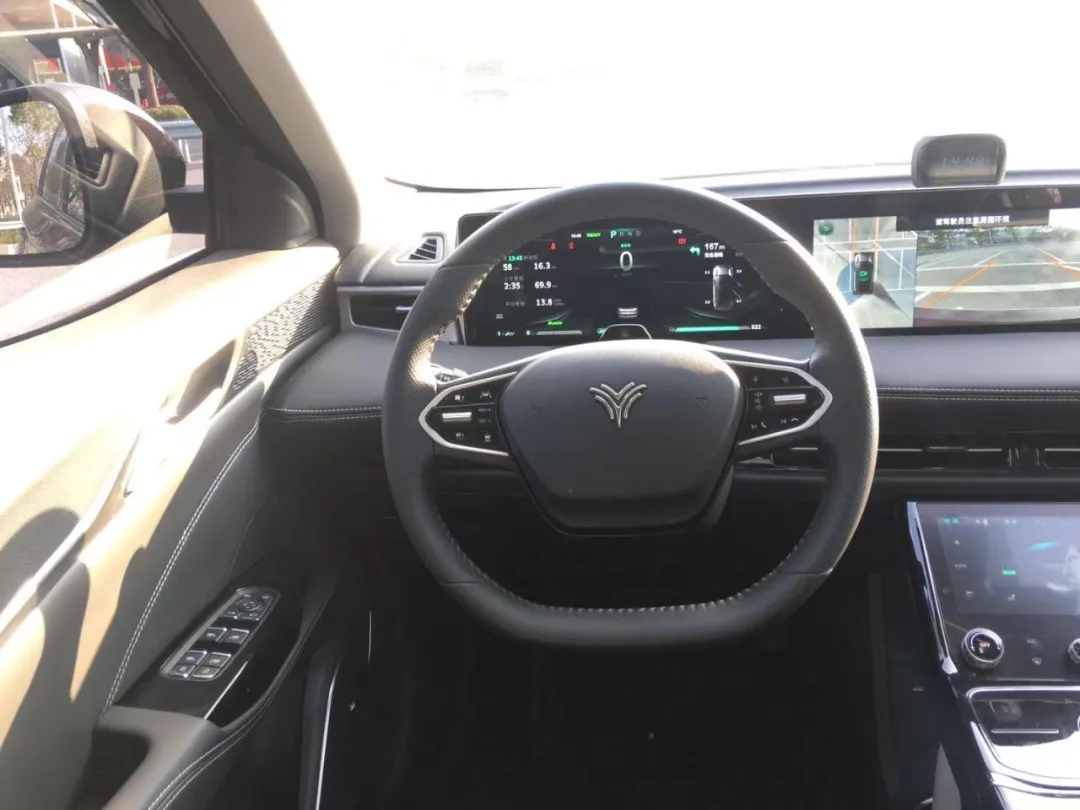
In addition, thanks to the pure electric platform, the NETA U Pro has a superior wheelbase of 2770mm based on a body size of 4530×1860×1628mm, and the flat rear floor mat.
In terms of configuration, the entire series has a leather steering wheel, L2 assisted driving for models above the Global Edition, as well as ambient lights, little U robots, 360° surround-view cameras, and other configurations. The top configuration can choose a transparent A-pillar.
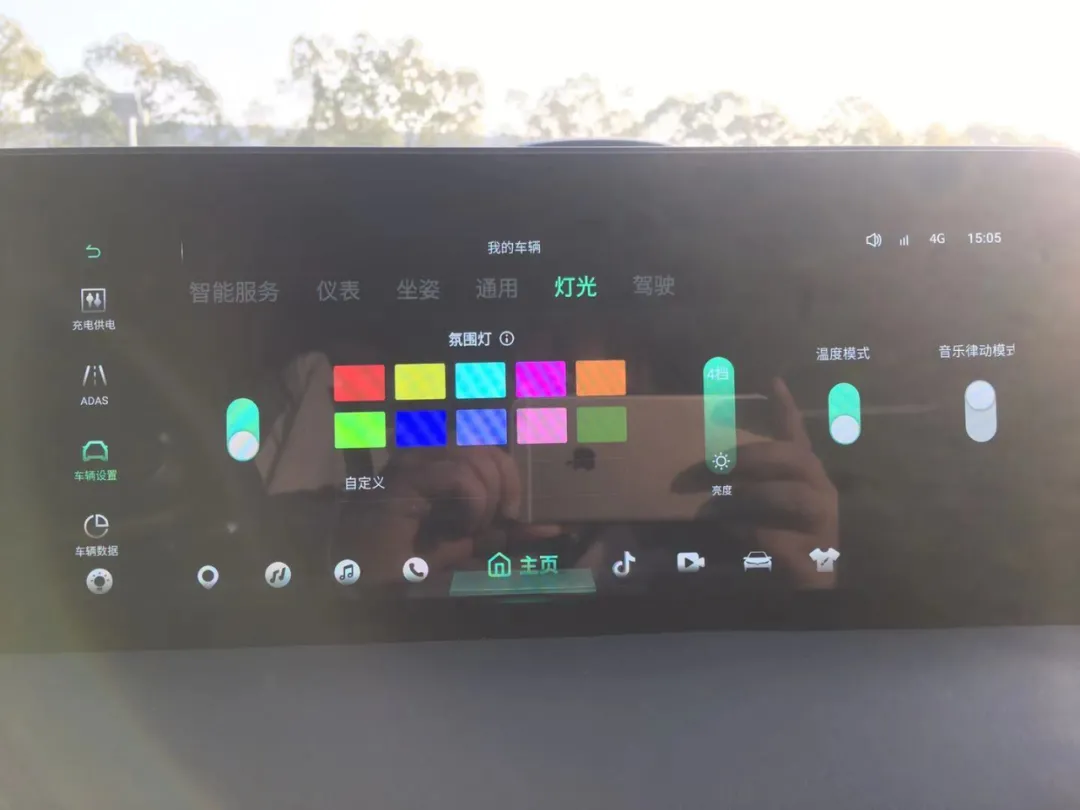
Overall, for an electric car of around 150,000 yuan, the basic configuration of the NETA U Pro is rich enough, and there are also some small surprises in the configuration. Thanks to the pure electric platform architecture, the design and functions are more adaptable.
Power and driving control
Currently, the NETA U Pro uses ternary lithium batteries with three endurance configurations: 400km, 500km, and 610km, and two motor configurations of 120kW/210Nm and 150kW/310Nm. The acceleration from zero to 100km/h takes 9.5 seconds and 7 seconds, respectively.
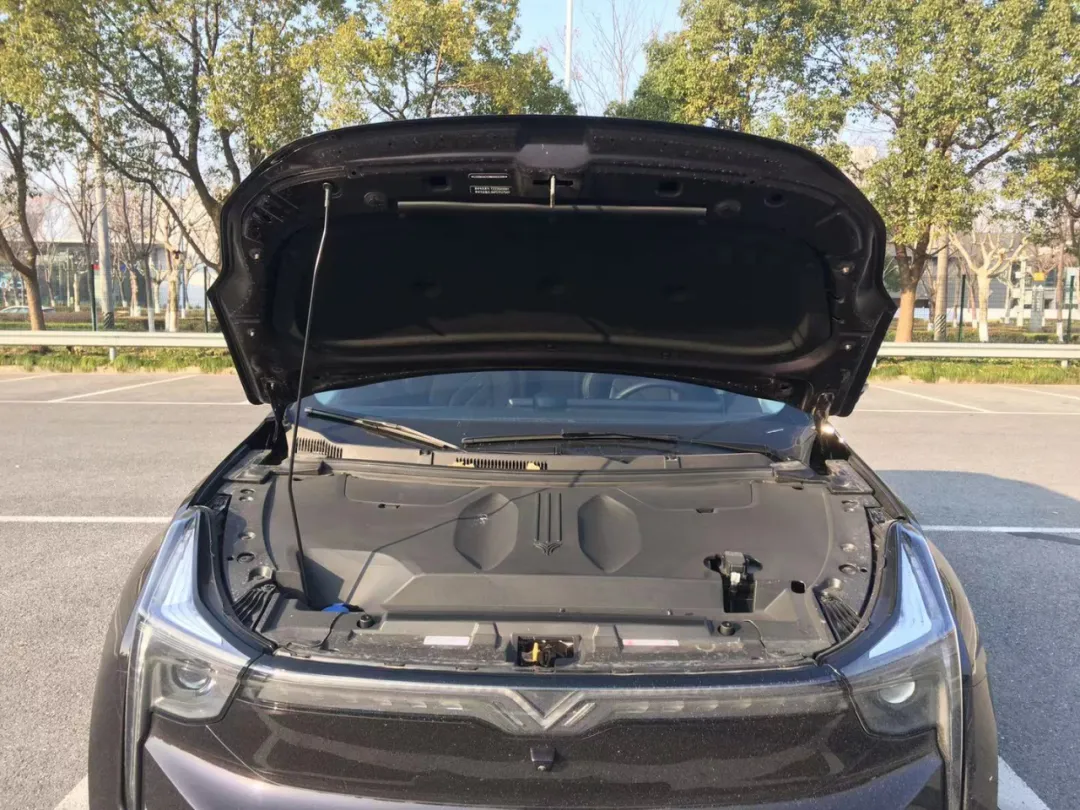
Except for the 610km off-road version, the power performance of the NETA U Pro is not particularly advantaged compared to its competitors. However, when considering the price range of 10.48-16.28 thousand yuan, its advantages become immediately apparent, making it cost-effective.
In terms of driving control, the NETA U Pro is still easy to operate, and the chassis feels reliable without the loosening associated with transitioning from gasoline to electric power. It handles passing over speed bumps crisply. The NETA U Pro is the only car in its class with rear multi-link independent suspension.
In terms of battery life display, the daily driving range can reach more than 90% of the advertised distance, with an average power consumption of 13.5 kWh/100km. The road conditions include urban roads, expressways, and highways. This is where I think the dynamics of the NETA U Pro have improved significantly compared to the older model.
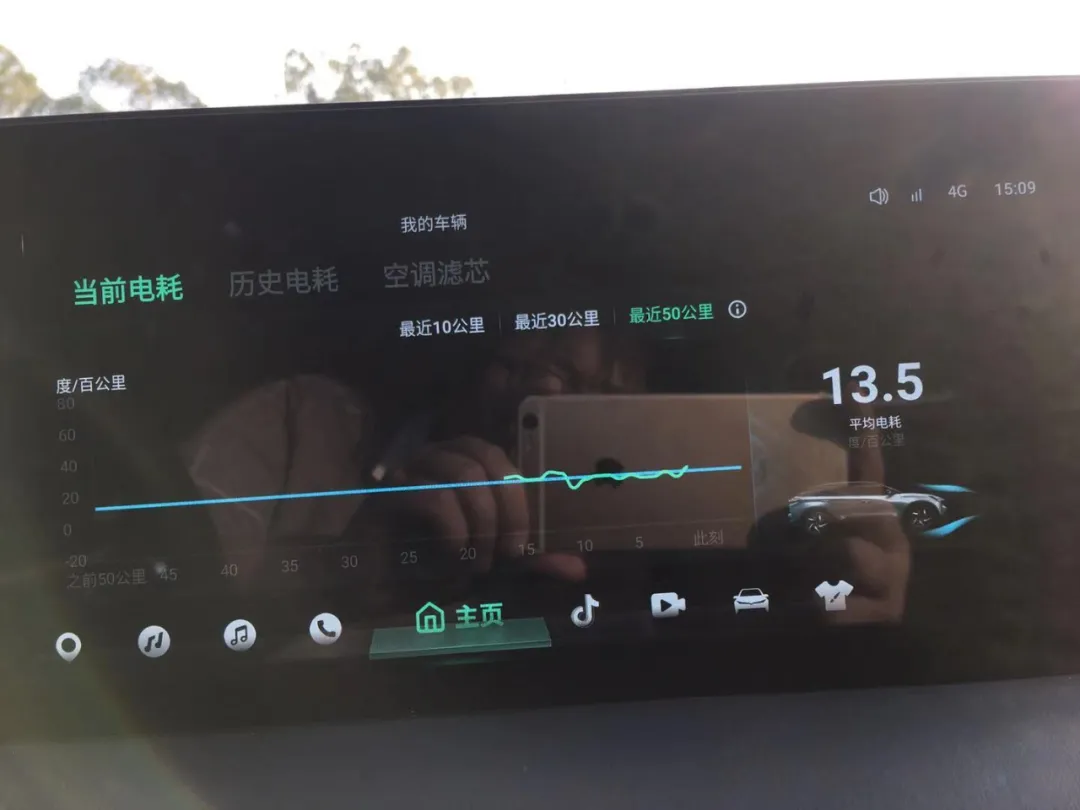 ## Electric Power Has Something to Say
## Electric Power Has Something to Say
Last month at NIO Day, Li Bin sparked controversy with a remark: “Who buys gasoline cars now?” As media observers of new energy for a long time, we think there’s nothing wrong with Li Bin’s comment. For example, let’s talk about the most critical issue of driving range, which is one of the biggest obstacles for people to buy electric cars. However, is this range issue really that serious? Maybe not.
Take the NETA U Pro Explorer model that I test drove, for instance. Its maximum driving range is as high as 610 km. For me, who mainly drives in Shanghai, this range is more than enough.
Previously, I drove an electric car with a range of 460 km in Shanghai, and I usually charged it once a week (about one hour at a time, which was acceptable for me). However, with the NETA U Pro, I don’t even need to charge it once a week anymore. I can’t say for sure how often I need to charge it, but if you’re interested, we can test it out. Perhaps we need to use another unit of time: how many times a month do I need to charge it?
Actually, brands like NETA, Xpeng, and NIO will offer their first private car owners thousands of kWh of free electricity every month. I took the chance to experience NETA’s free charging service, and to be honest, it felt really good to get some free stuff from the manufacturer.
If you can remember, we interviewed an owner of the 2018 Xpeng G3 two years ago. His G3 has a range of only 350 km, but he said he doesn’t get anxious about the driving range, even though he mainly drives in the Yangtze River Delta region. Also, a friend in our community once shared that the Wuling Hongguang MINI, which has a range of less than 200 km, sells well because its users may not be that anxious about their range. For example, some of them charge their car only once a month.
These things are hard to imagine for us, but they actually exist. So, for people who mainly drive in a certain town, city, or region like us, there is no range anxiety concerning electric cars anymore.
In other words, in these driving scenarios, electric cars can directly replace gasoline cars. Taking into account the better driving experience and more user-friendly intelligent configurations of electric cars, what more do we need gasoline cars for?
After driving the NETA U Pro for several days, I think this electric car with a 610 km range is quite attractive in Shanghai.
Therefore, when electric car range has developed to this level, it’s biased to still worry that range is not enough. At least for most consumers, range is no longer a problem.
This article is a translation by ChatGPT of a Chinese report from 42HOW. If you have any questions about it, please email bd@42how.com.
